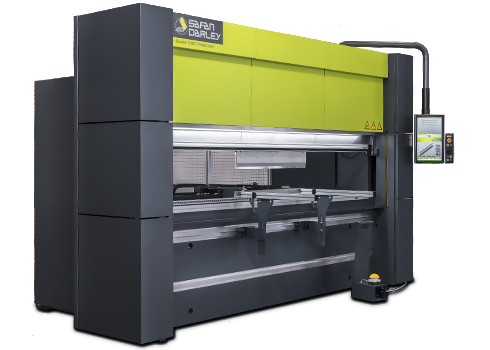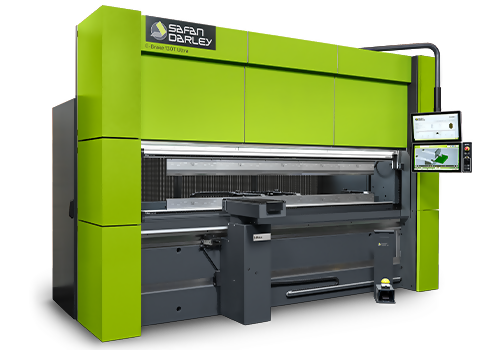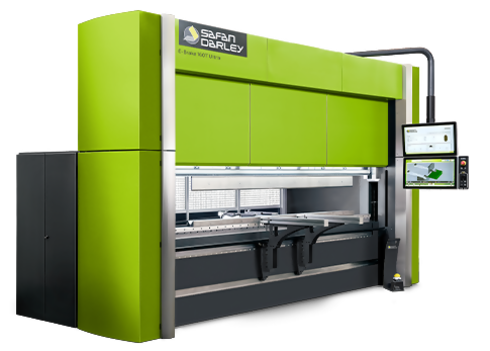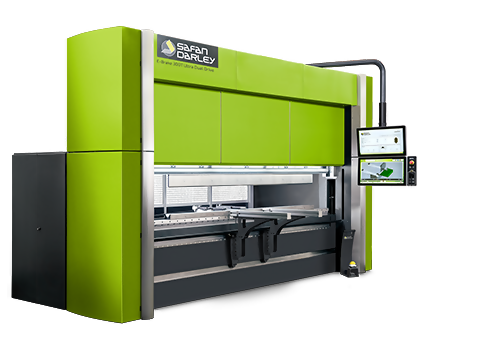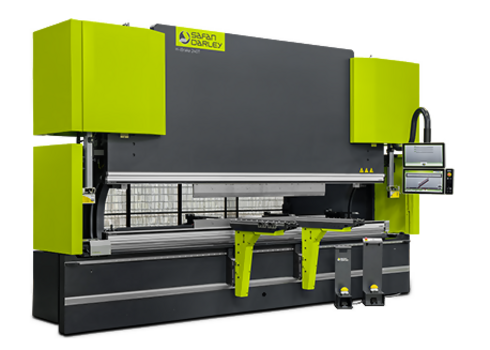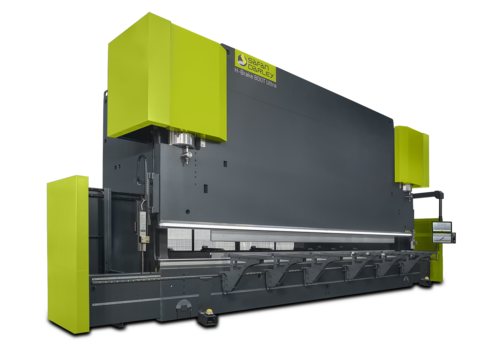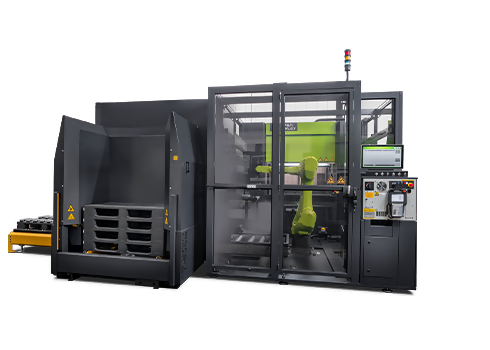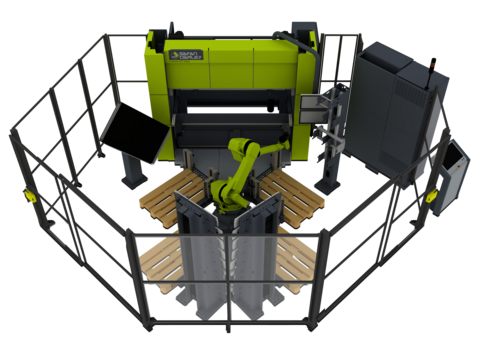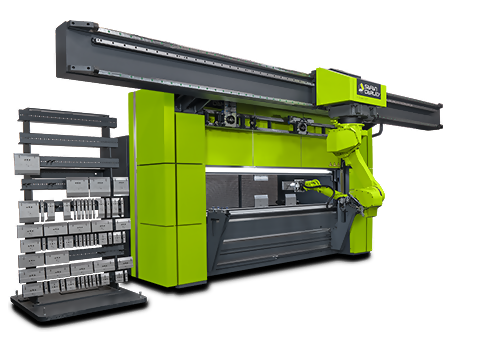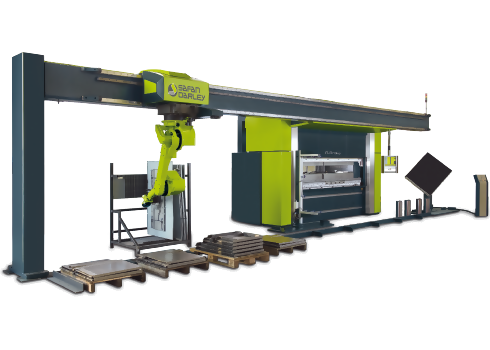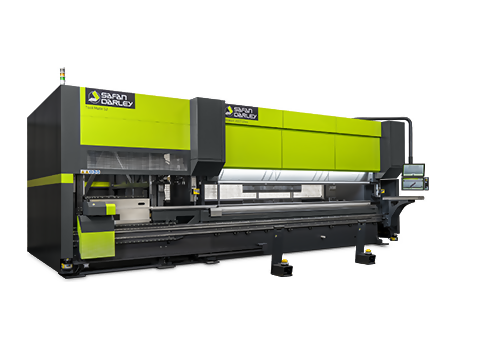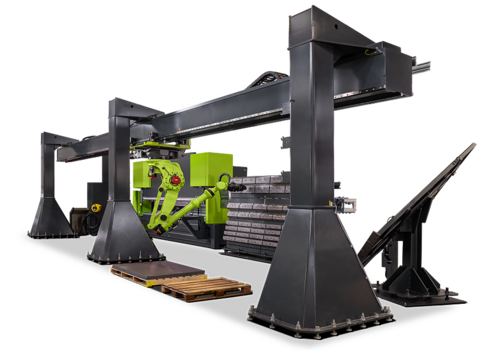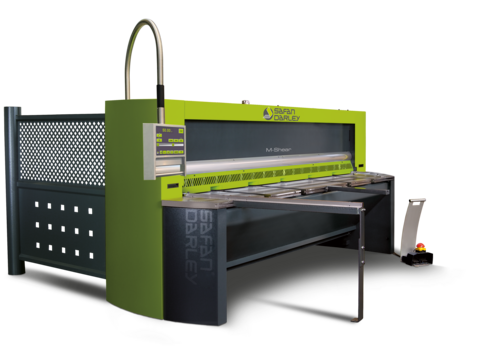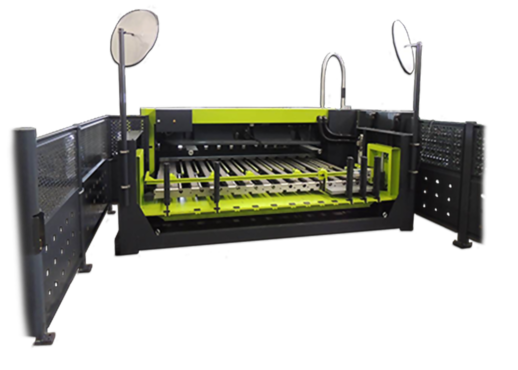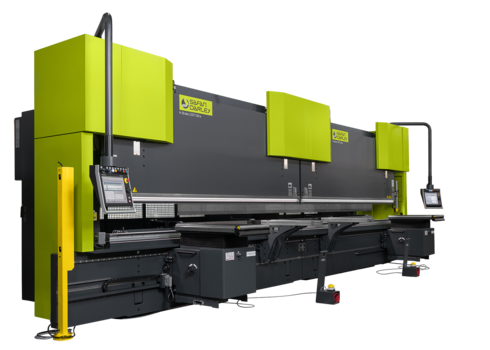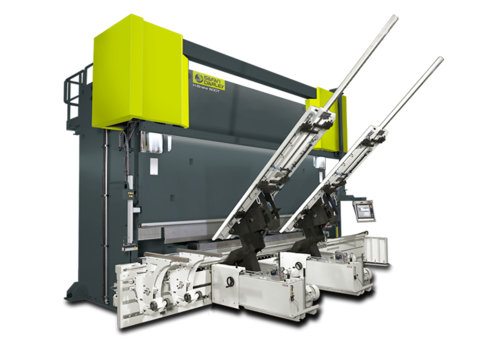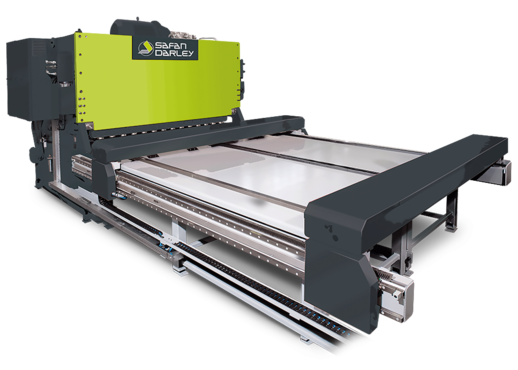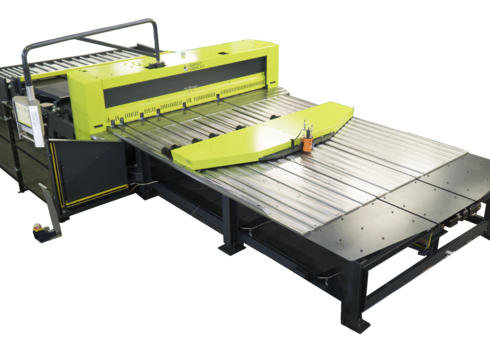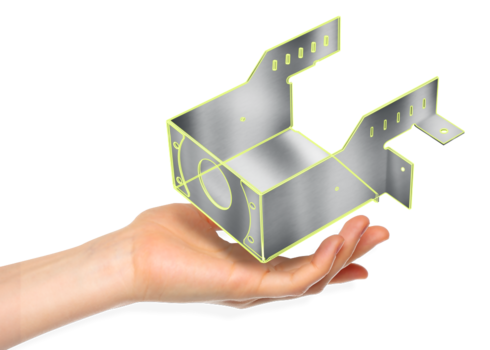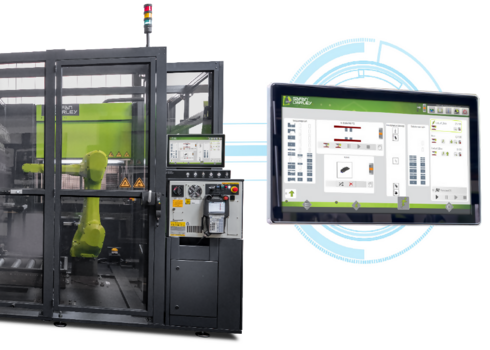
3 Critical Preparations Before You Automate: Process

3 Critical Preparations Before You Automate: Process, People, and Products
Ironically enough, the process of automating is not even a little automatic. It takes careful, deliberate planning and execution on multiple fronts to get your operation ready to benefit from your automation investment.
It can be a time-consuming exercise, but preparing for automation is well worth the time because getting your operation ready for automated equipment yields major benefits:
- Accelerated ROI
- Increased profitability
- Simplified, efficient operations
- Drama-free installation, free of common pitfalls
- Continuous improvement
For most companies, preparation activities focus on three key areas: processes, people, and products. Over the next few months, my colleagues Christian Grindle and Kyle Zellmann will be blogging about each aspect of preparation that sheet metal fabrication companies need to address to get ready to bring their automation investments online
Here's a preview of what Christian and Kyle will be focusing on:
Processes
Processes will be covered first, because they are the methods through which you organize the people and products to do the work. Without smart, stable, and repeatable processes, there will be inefficiencies (in the best case scenario) that could lead to all-out chaos (in the worst).
It's crucial to remember that it is common for any gaps or weaknesses in existing processes to be exposed during the implementation of automated equipment. And this is the worst possible time for a process to fail — it slows down implementation, ties up essential high-skill workers, and drives up costs.
Companies can avoid that painful situation by conducting a thorough review and update of their processes far in advance, to tease out, identify, and correct any weaknesses before the automation clock starts ticking.
People
Once new processes are finalized and stable, it's time to train employees. Training is largely a function of communication and documentation in the form of standard operating procedures (SOPs). The two primary activities of training are generally showing operators how to set up and operate the new equipment, and then reinforcing the training with clear documentation. With any new training program, the goals should always be safety, clarity, and predictable results.
Products
Once the processes are understood and being adhered to, it's time to focus on the products that will be fabricated with the new automated equipment. If you haven't yet conducted a detailed parts analysis to determine what parts are the best fit for automation, this is the time to do it. The gold standard is to have the automation contractor provide a detailed parts analysis for every item your company fabricates and make recommendations for which parts are the best fits for automation.
Companies should also ask their automation vendors and OEMs important questions such as:
- Which parts are covered by the quoted price?
- What's the weight capacity of the robot?
- Does the equipment require more than one operator at a time?
These questions are much easier to address before the equipment is paid for.
Stay tuned!
We're excited about this upcoming blog series because we're certain that it will help many fabrication companies avoid some common pitfalls that can drag implementation out far beyond what it needs to be.
I would love to learn more about your company and discuss ways automation could positively impact your top and bottom lines.
Read more
blogs
Ironically enough, the process of automating is not even a little automatic. It takes careful, deliberate planning and execution on multiple fronts to get your operation ready to benefit from your automation investment.
What’s stopping you from automating your sheet metal fabrication facility? The Great Resignation and labor shortage has more companies than ever considering automation, but in talking to people I’ve noticed that there are some persistent yet inaccurate beliefs about automation that often hold businesses back from investing.
